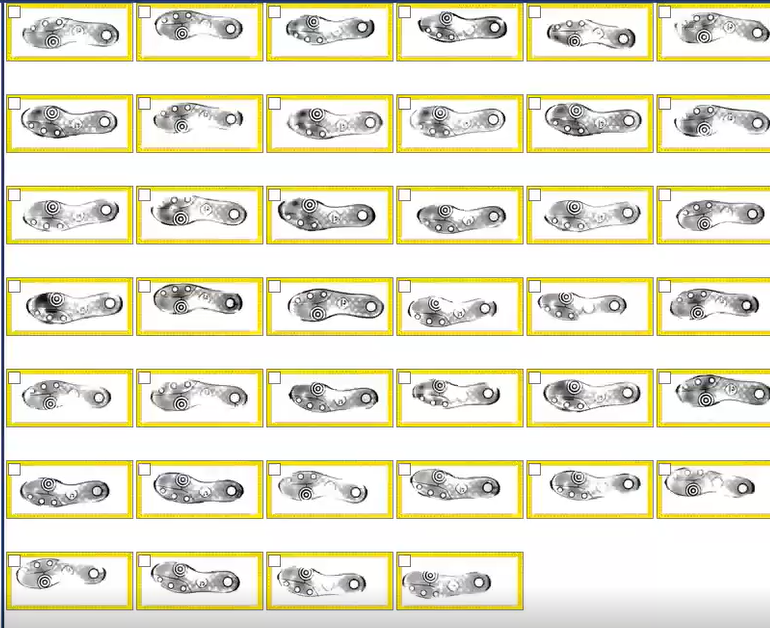Forensic scientists and researchers can now directly implement CSAFE data into their laboratory work. CSAFE forensic databases are publically available and can be utilized to test current analysis techniques, design new methods, and increase confidence in forensic evidence conclusions. This webinar will provide an overview of the following three CSAFE datasets:
- Android App Forensic Analysis Database, presented by Dr. Yong Guan, CSAFE researcher and Professor of Electrical and Computer Engineering at Iowa State University.
- StegoDB: A Digital Image Forensic Dataset for Mobile Steganography Apps and Camera, presented by Dr. Jennifer Newman, CSAFE researcher and Associate Professor of Mathematics at Iowa State University.
- Longitudinal Shoe Outsole Impression Database, presented by Dr. Susan Vanderplas, CSAFE researcher and Assistant Professor of Statistics at Iowa State University.




